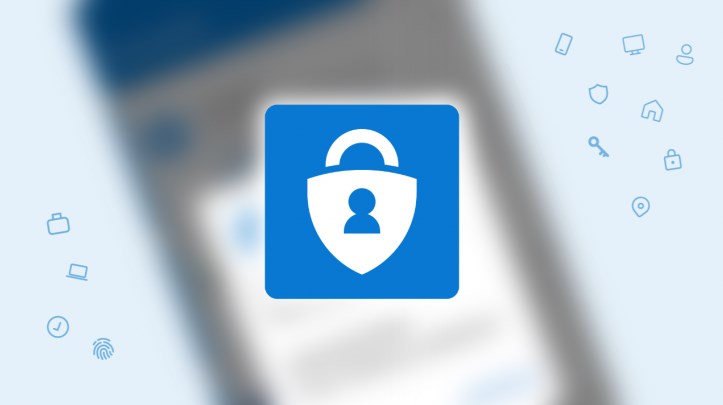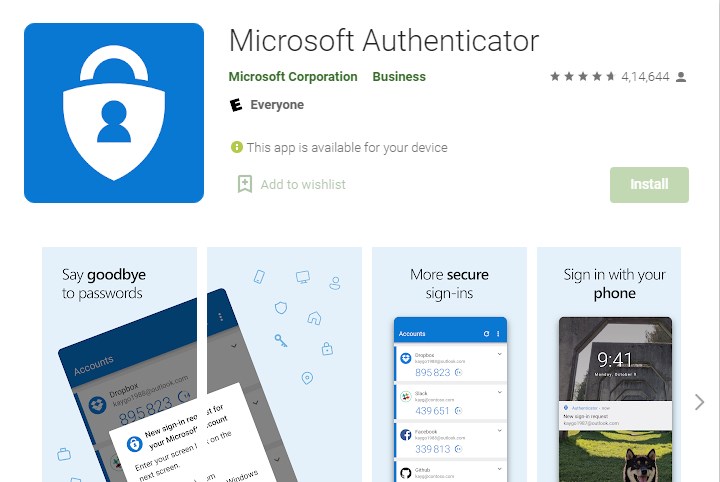Two factor authentication (2FA or TFA) is easy, convenient, and secure when you use Microsoft Authenticator. Use your phone, not your password, to log into your Microsoft account. Just enter your username, then approve the notification sent to your phone. Your fingerprint, face ID, or PIN will provide a second layer of security in this two step verification process. After you’ve signed in with two factor authentication (2FA or TFA), you’ll have access to all your Microsoft products and services, such as Outlook, OneDrive, Office, and more.

Microsoft Authenticator started out as a humble two-factor authentication app, but it was promoted to a proper password manager back in December, complete with syncing to Microsoft Edge. The browser was also the only way to go if you wanted to import passwords from elsewhere to the Authenticator, but that will soon be a thing of the past. The latest beta version of Microsoft Authenticator supports importing credentials in the CSV format.
The new feature is only available in the latest beta of Microsoft Authenticator, version 6.21, to be precise spotted by Windows Central. To import passwords, head to the app settings in the three-dots overflow menu in the top right and scroll down to Import Passwords. You'll then see a screen that allows you to import from CSV, complete with instructions on how it's done when switching from Chrome, Firefox, LastPass, Bitwarden, and Roboform. You can also manually enter your credentials in Microsoft's template CSV (download it here) and import that file if your password manager currently isn't supported.

Today Microsoft Authenticator Beta on Android gained the ability to import passwords directly from Google Chrome, making it much easier to get up and running with the app. Users are also able to import passwords from a .CSV file, a format often used by other apps to export your passwords. Microsoft is still testing the feature, and it is available for iOS and Android and can be found in the Stores here.











